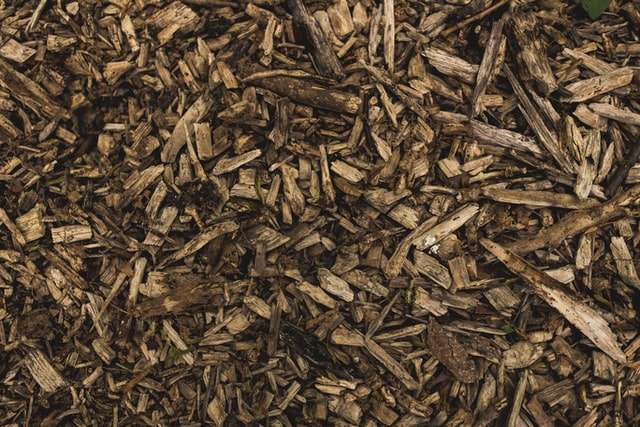Protecting the soil surface is key to plant survival during periods of extreme heat…
CLICK HERE For Link to Entire Article (excerpts below)
By Greg Seaman
The heat wave currently baking the East Coast may have caught many gardeners by surprise, as the searing temperatures cause struggling transplants to wilt just when they should be starting their summer growth spurt. Even well-established garden plants and landscape shrubs can be set back during a heat wave. Fortunately there are some simple measures gardeners can take to counter the heat and keep a garden growing.
Most common vegetable crops and native shrubs can withstand periodic heat waves without losing vigor. However, the shallow surface roots cannot withstand the stress of extreme heat which dries and cakes the soil in the top few inches. By paying attention to the condition of the soil, a gardener can offset the effects of a heat wave on growing plants.
Apply mulch, preferably a reflective mulch such as dry grass clippings
The first line of defense against hot weather, and against windy conditions which can dry surface soil, is to apply a liberal layer of mulch around the plants. This protects the soil from direct sun exposure, keeping it moist at the surface. Mulch also reduces evaporation of water from the soil which reduces the need for watering.
There are many different mulch materials which gardeners can use. During a heat wave, light colored mulches will reflect the sunlight and help maintain…
Keep lawns at least 3” tall
It stands to reason that taller grass casts longer shadows. And the added shading from leaving your grass taller than usual will benefit the soil by helping to retain moisture. A minimum depth for getting a shade benefit is 3”, and some groundskeepers set mowers as high as 6” during heat waves or drought conditions.
Avoid applying fertilizers to your lawn or garden during a heat wave, since the roots ability to absorb nutrients is diminished during a heat wave. Wait until the weather cools down before adding fertilizers to garden crops and the lawn.
And while you’re thinking of ways to protect your garden during a heat wave, don’t forget to set out some water for the birds…



